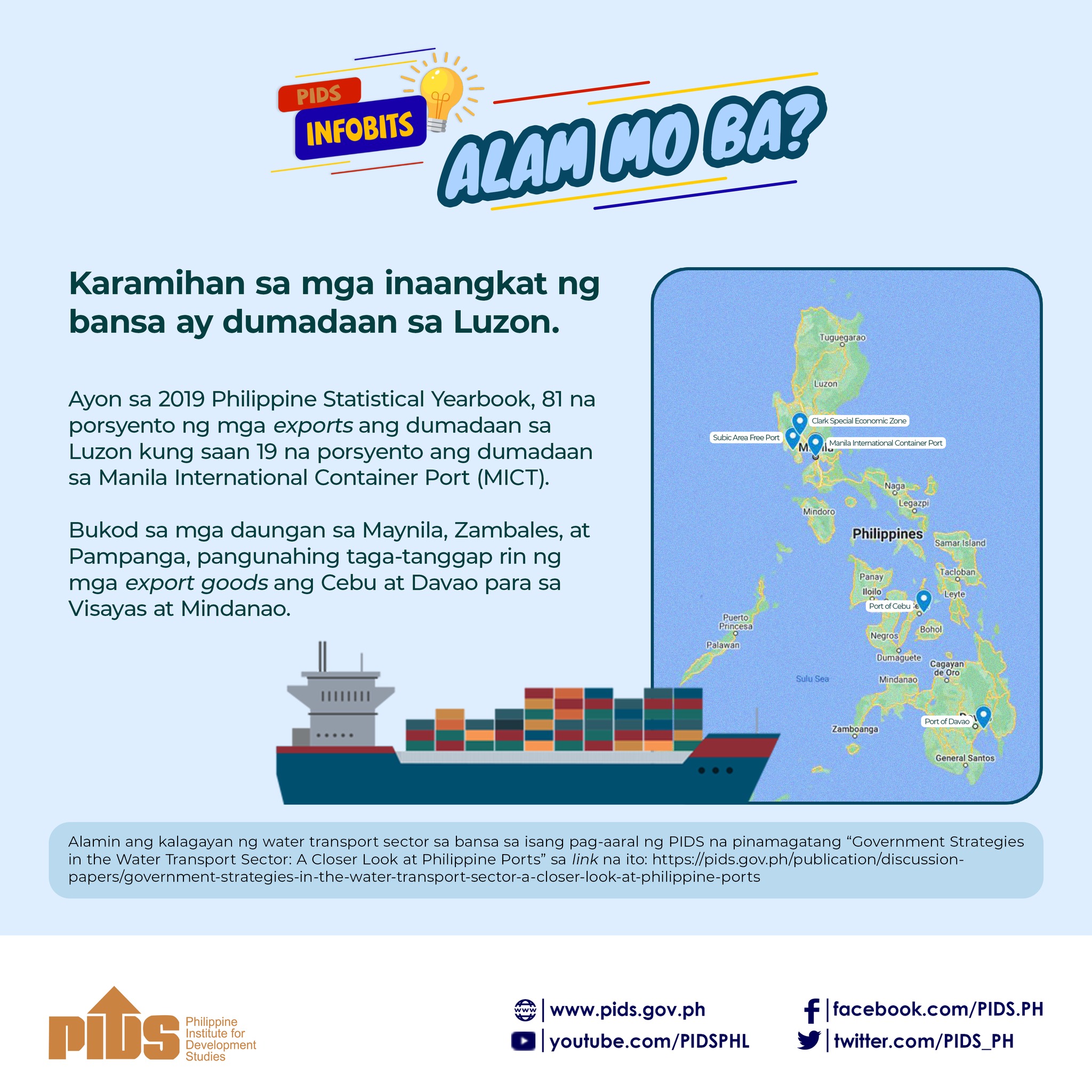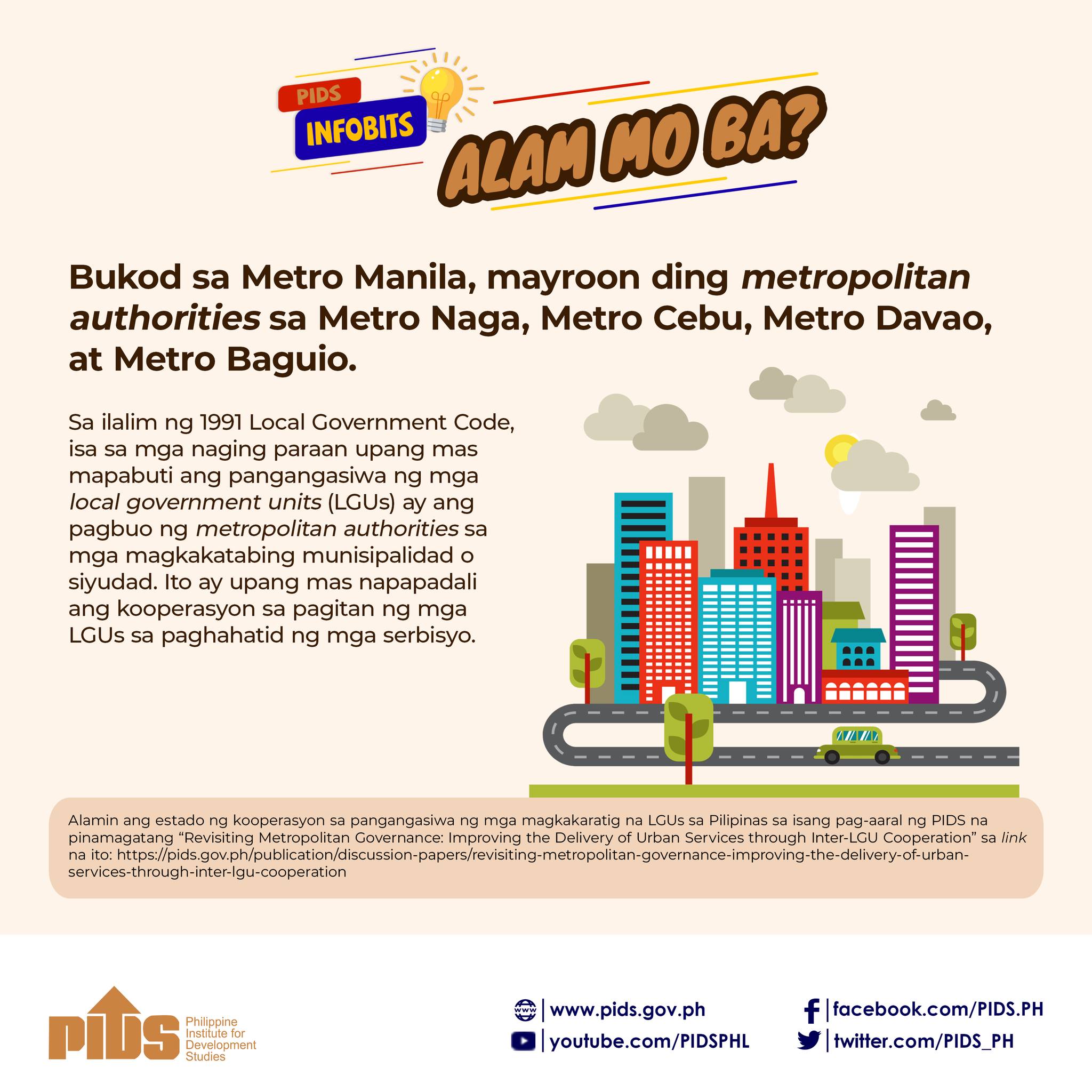The Philippine economy lost an estimated P43.85 billion due to the seven-month truck ban imposed by the city of Manila last year, according to a study released by state-owned think tank Philippine Institute of Development Studies (PIDS).
In a study titled A System-wide Study of the Logistics Industry in the Greater Capital Region, PIDS researchers led by Epictetus E. Patalinghug said the amount included lost Customs revenue, output losses, and vehicle operating costs.
"This value includes employment and output losses of manufacturing firms in economic zones net of truck-ban benefits such as reduced emissions and traffic congestion in the restricted areas,” the study stated.
The researchers estimated that the Bureau of Customs (BOC) losses cornered the lion’s share of the amount. The Customs agency’s revenue losses reached an estimated P25.55 billion.
This was followed by output losses that reached P18.20 billion during the seven-month period.
The truck ban in the city of Manila also caused other problems such as the doubling of shipping costs for 20 footer and/or 40 footer containers.
Prior to the truck ban, the study noted that shipping costs for these types of containers amounted to P18,000 but after the truck ban, the cost reached P36,000.
"Port congestion as a result of the truck ban led to time delay in cargo releasing. For instance, a cargo that took from three to four days to be released before the truck ban took from seven to 10 days to be released after the truck ban,” the study added.
To help ease congestion in Metro Manila, the study urged the national government to consider shifting road-based freight transport to rail transport.
The study stated that under a 50- percent, 70-percent, and 100-percent shift of road-based freight transport to rail transport will remove 1 percent to 4 percent of truck traffic from the city streets.
The researchers said that while the shift will not result in a greater contribution to ease congestion in Metro Manila streets, giving shippers alternatives would improve the freight industry.
"With traffic congestion going to get worse in Metro Manila, shippers/locators could opt to bypass Metro Manila by using the rail system to transport their goods, while at the same time, truckers can still provide their services when moving the goods from the inland container terminals to the end destination of the goods or the other way around,” the researchers said.
The study also urged the government to consider developing new export processing zones near railway lines so that shippers can use rail as an incentive in transporting their products.
The rail system, the study stated, should be able to connect processing zones, ports and airports to improve the transport of goods in and out of Metro Manila.//
Manila City Hall’s truck ban wasted P43.85 billion—PIDS study












